24 Herbs That Grow in Shade (with Pictures)
-
Pete Ortiz
- Last updated:
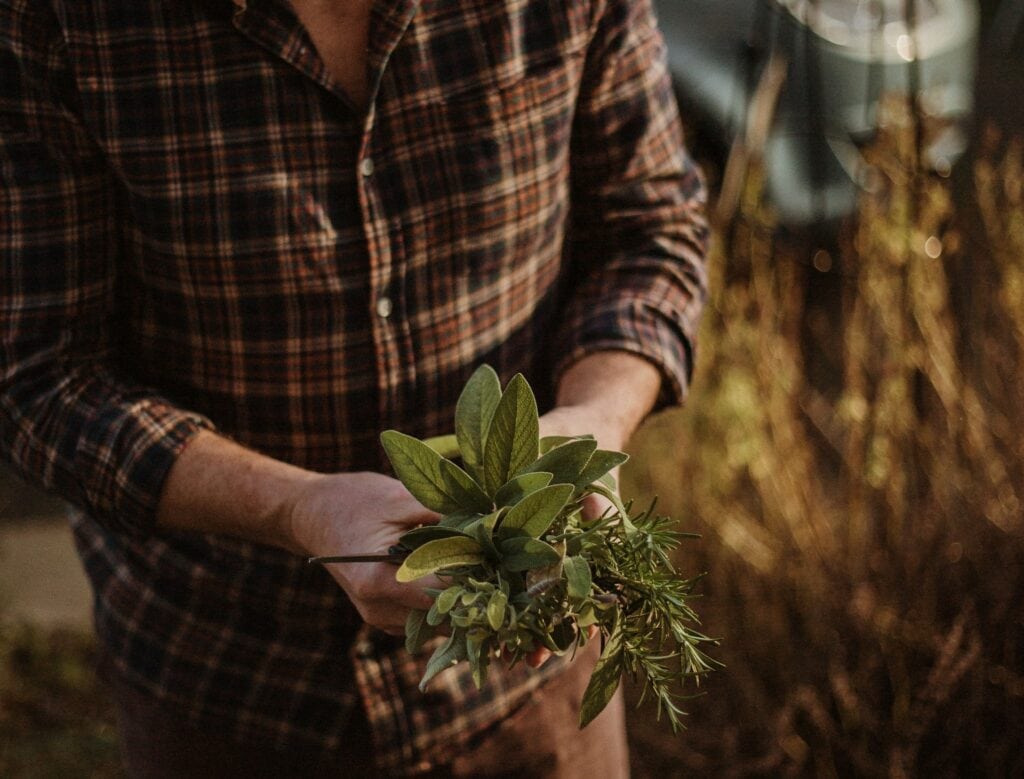
Most of the time, we think of vegetables and herbs as being sun-loving plants that only truly thrive in direct sunlight. However, while gardeners with shady gardens do have more limited options than those with sunny gardens, there is still an extensive list of herbs that will grow well when not in direct sunlight.
Below, we have listed 24 herbs that grow in shade and in low-light conditions, so that you can find the ones that will best fit your planting requirements.
The 24 Herbs that Grow in Shade
1. Angelica
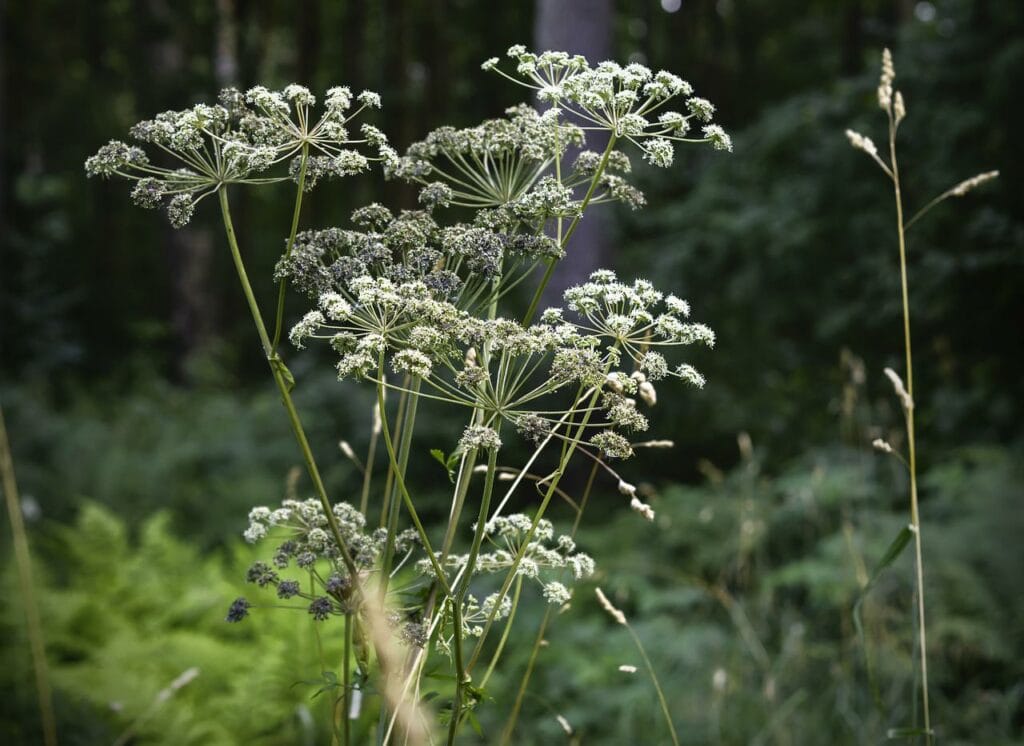
Angelica prefers partial shade or full sun and the roots, seed, leaf, and fruit of the plant have been and are still used medicinally. In particular, it is believed to reduce stress and anxiety and heal upset stomachs. It is being studied for its ability to kill cancer cells and it has even been used as an aid to quit smoking. The stems can also be candied, while the seeds of the Angelica plant are used to make flavored liqueurs.
2. Bay

Bay, or bay laurel, is a large shrub that has dark green leaves. It can reach several feet tall, although it will likely remain shorter when kept in pots and grown in shaded conditions. The leaves of the plant are commonly dried before use and have a strong flavor. Bay leaves are used in recipes from around the world.
3. Bergamot

Bergamot does prefer full sun but can also grow well in partial shade. It will grow to around 2 feet tall and may grow higher. This member of the mint family attracts butterflies and hummingbirds. Its leaves are used to make bergamot tea and its flowers are edible.
4. Black Elderberry
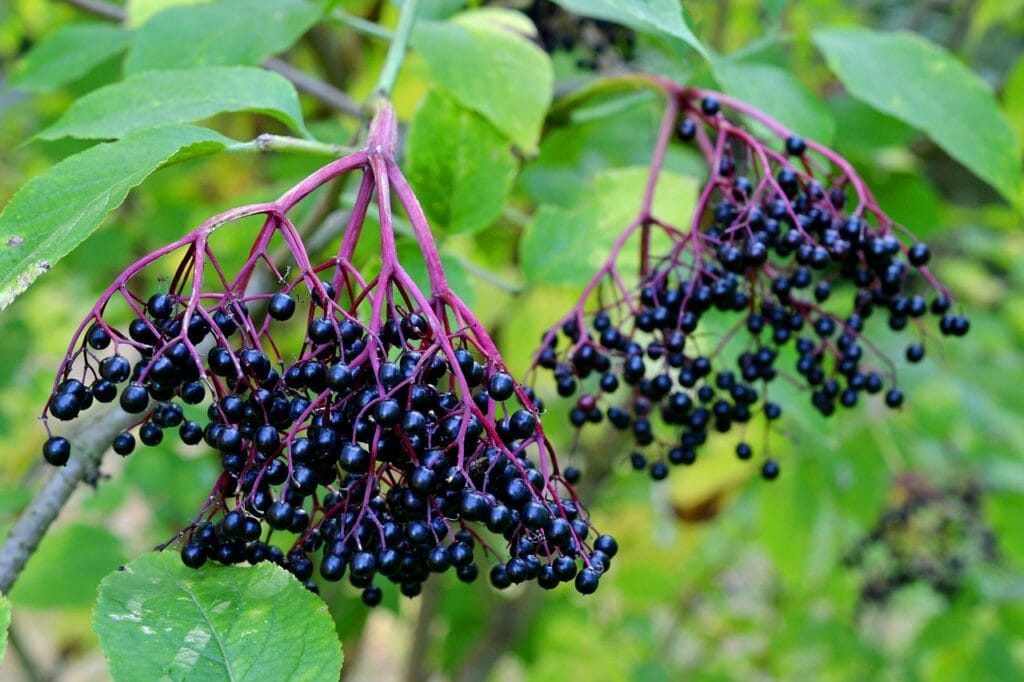
Black elderberry enjoys partial shade and soil that contains clay. The plant yields black elderberries that are used to make drinks and pies, can be turned into jam, and are also considered beneficial in the treatment of colds and infections.
5. Bugloss
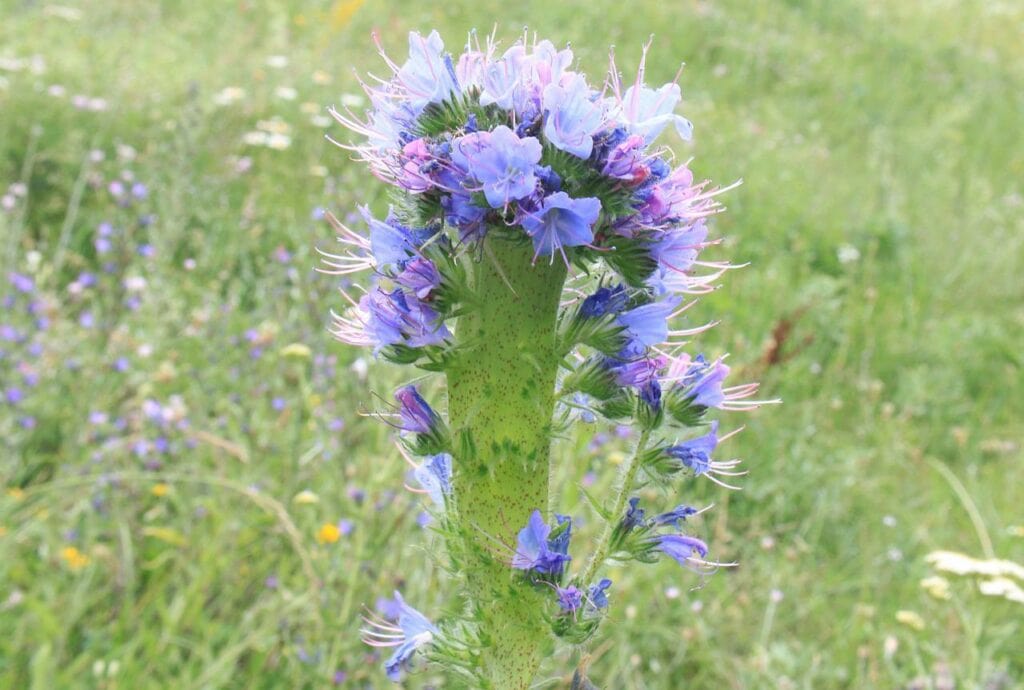
Also known as the bee bush or starflower, bugloss can grow in partial shade and is a good choice for most gardens because it can withstand any soil type. The plant can grow up to 3 feet tall and the flowers, as well as the stems and leaves, are edible. The stems and leaves have quite a mild flavor and are most often used in salads.
6. Cardamom
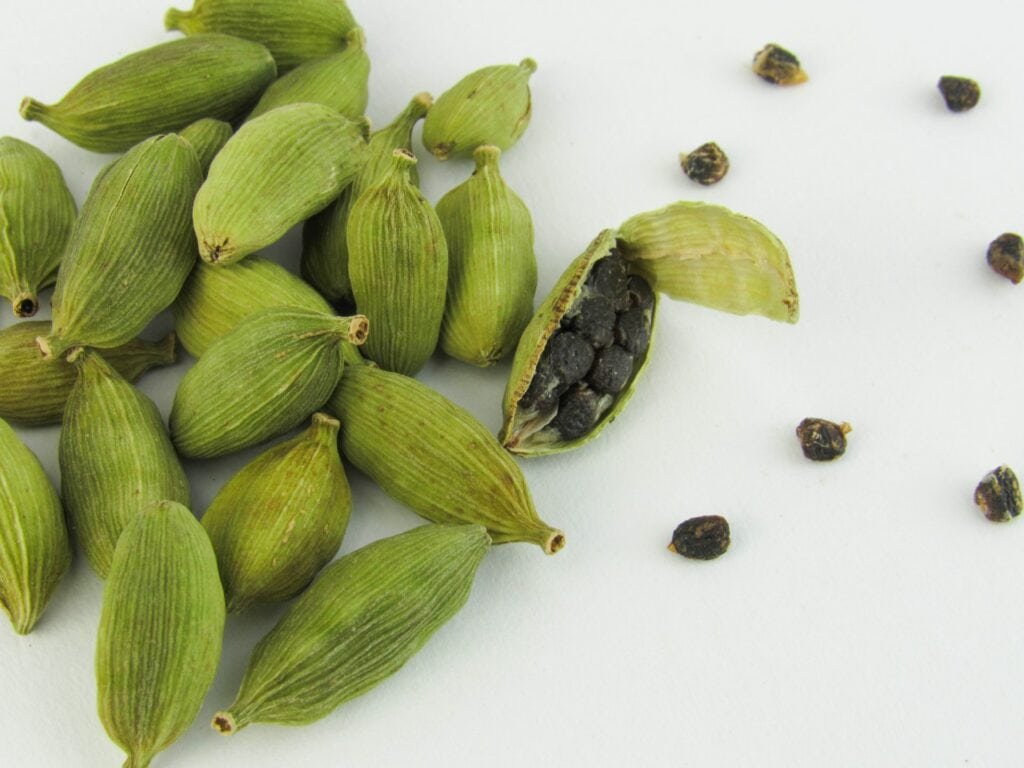
Cardamon, or green cardamom, is another herb that prefers soil with a high clay content and flourishes in partial shade. However, it does need high temperatures, above 35°F, and with ideal conditions, it can grow to 10 feet tall. The sweet-tasting seeds are used to flavor foods and used in cooking. They are also used to treat bites and in tinctures for sore throats and have even been used to try and treat tuberculosis.
7. Catnip
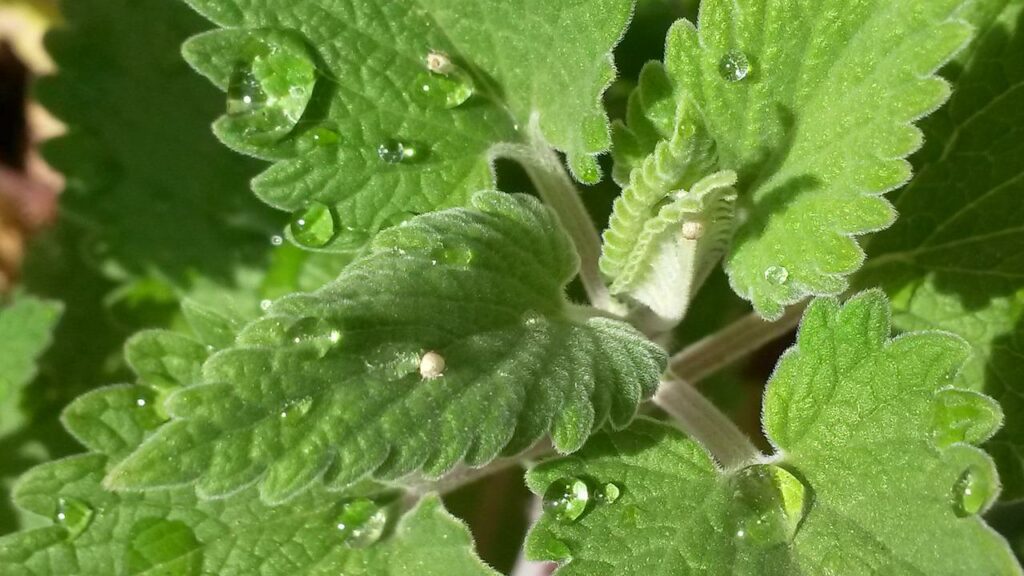
Another member of the mint family, catnip is not only popular with feline visitors but is used to treat a host of illnesses and conditions including arthritis, respiratory illness, and period cramps. The plant will also attract bees and it can be used in cooking. It may be considered invasive, and you should ensure that it isn’t allowed to take over the herb garden.
8. Chamomile
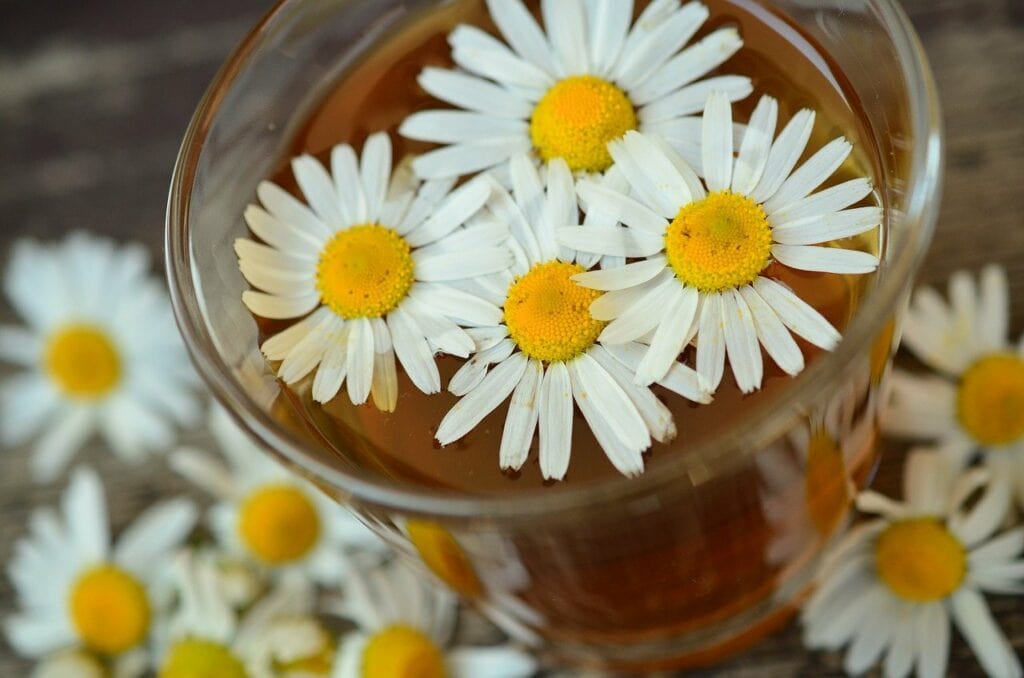
English chamomile grows especially well in partial shade but will tolerate sun. The plant only grows to about 6 inches tall but will spread out. Dried chamomile flowers are used to make tea and are added to tinctures for its calming effect. It can also be used to treat colds and flu and the flowers are sometimes added to salads and desserts.
9. Chervil

Not only does chervil grow well in the shade but it prefers colder temperatures, too, making it a good choice for darker gardens in cold climates. It is known to deter slugs and has a taste similar to that of parsley. It is used in salads and to flavor other food items while its dried leaves can also treat conditions including high blood pressure.
10. Chives

Chives can grow well in partial shade and will also grow in direct sun. It will grow up to 2 feet in height and it has a mild garlic or oniony flavor similar to other members of the allium family. It is used extensively in cooking.
11. Coriander
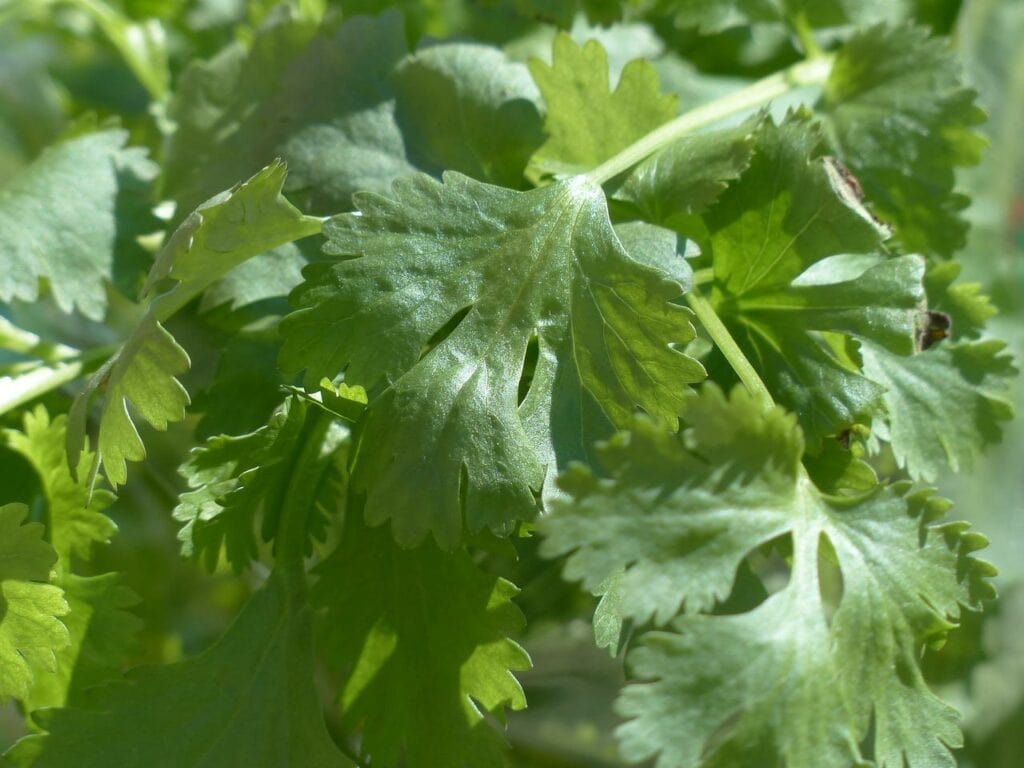
Coriander needs good drainage and dislikes frost. The whole plant can be eaten once grown. The leaves and stem are called cilantro while the seeds are coriander, although the two names are often used interchangeably. It is used extensively in curry and other spicy dishes, as well as in pickles. It can even aid digestion and act as a sleeping aid.
12. Dill

Dill is a true shad lover, preferring full shade but surviving in partial shade, too. It prefers sandy soil and can grow to 5 feet tall. It attracts many insects including butterflies and as well as being used in pickles and in cooking. It can also treat indigestion and stomach problems as well as menstrual pain.
13. Ginger
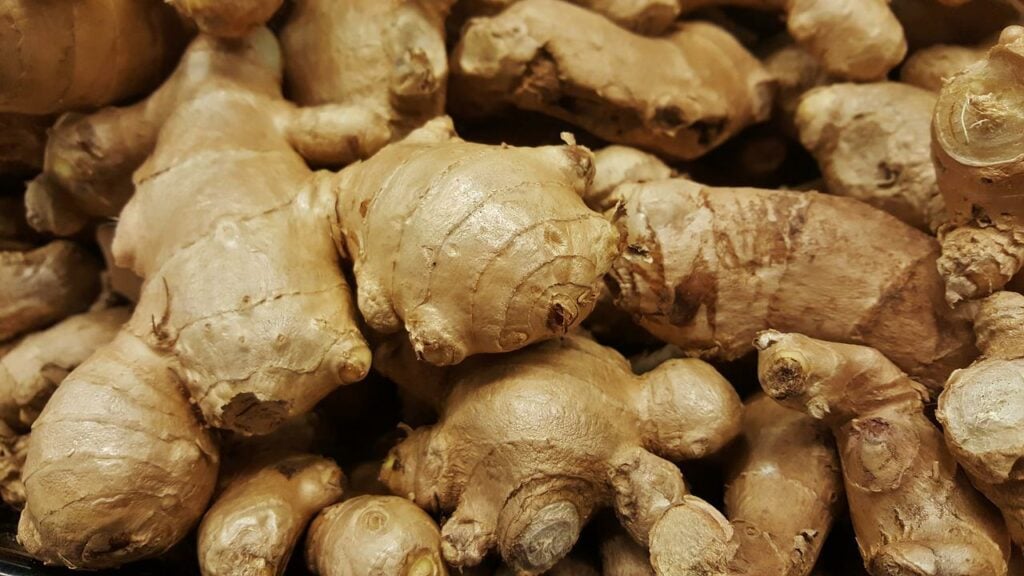
Ginger grows well in partial shade and does prefer some moisture. It can grow as tall as 8 feet and it can be eaten fresh in a variety of dishes. It is also widely used to treat digestive issues and is believed to relieve the painful symptoms of joint conditions like arthritis. It is also used in pickles, jams, and desserts.
14. Ginseng
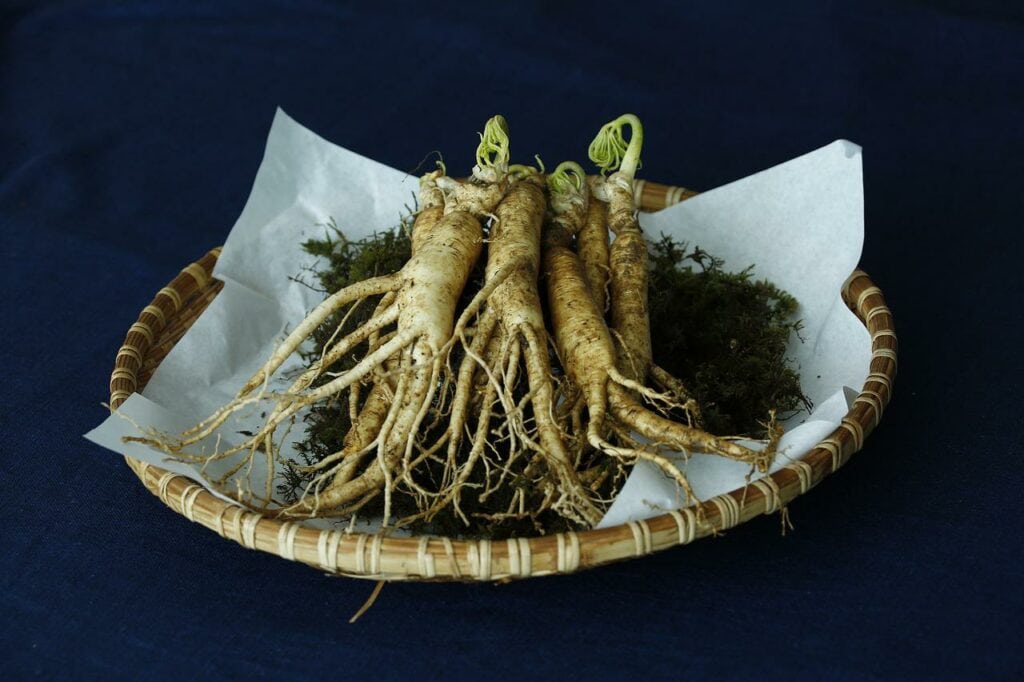
Ginseng loves shade and tends to yield the best results with 75% shade because this replicates its natural hardwood forest home. It can grow up to 2 feet tall and is widely used in medicine. It is believed to improve the immune system as well as stamina and overall health. It is primarily the root that is used, and this can be taken as a juice or in capsule or powder form.
15. Golden Hop

Golden hop is a variety of hops that grows well in partial shade. It is a climbing vine, so it may need training and will do well on trellises or fences. The flowers are used to make beer while the shoots can be cooked and eaten.
- See Also: 9 Vines that Grow in Shade
16. Golden Oregano
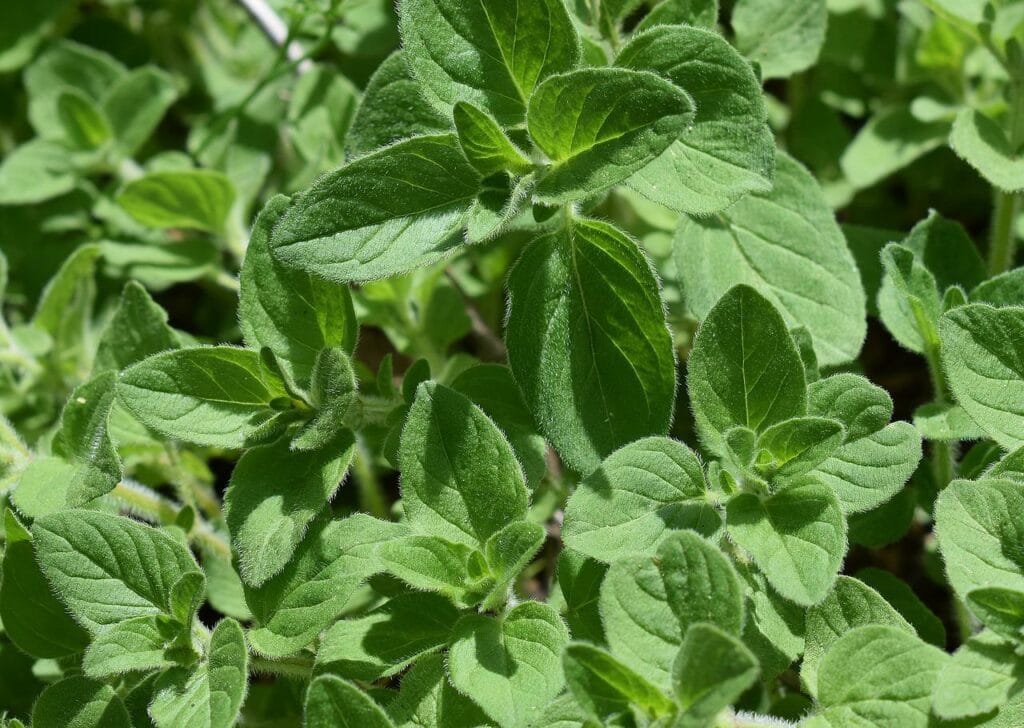
Not only does golden oregano tolerate shade but its delicate leaves can be easily scorched in the sun. It has a very mild flavor and is rarely used in medicine, although it is not toxic and can be added to dishes.
17. Lemon Balm
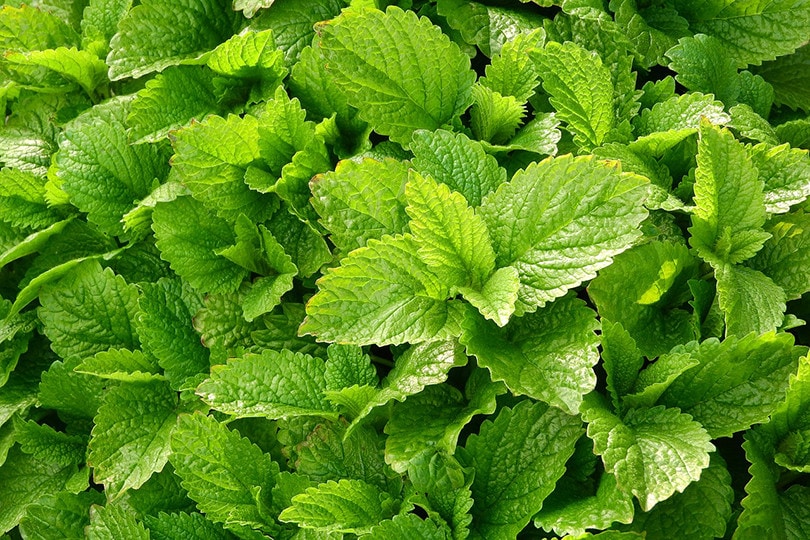
Lemon balm is related to mint and it has the same tendency to spread rapidly, so it is usually grown in pots to prevent it from taking over. It can grow to a height of 3 feet tall and prefers partial shade. It is a mild sedative and is used to treat menstrual cramps and headaches. It is also believed to improve mood.
18. Lemon Verbena
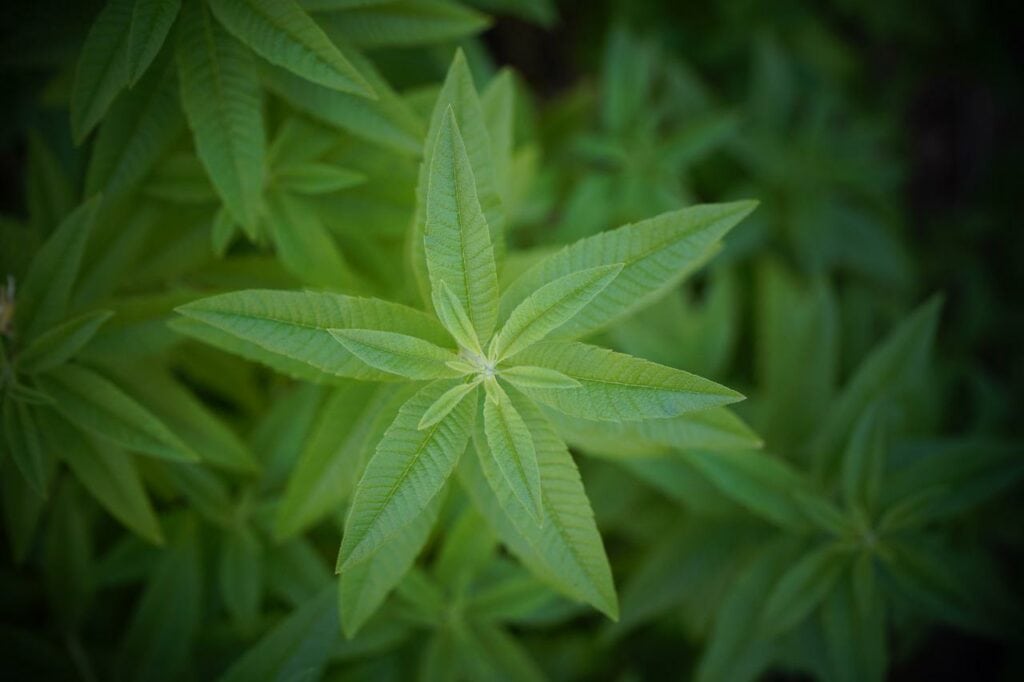
Lemon verbena will do well in full sun or partial shade, but it does not like frosts or very cold temperatures. Lemon verbena is another herb that is commonly used to treat digestive upset, but it also finds use in tinctures to help relieve the symptoms of asthma, skin conditions, and colds.
19. Miner’s Lettuce

Miner’s lettuce gets its name because miners used to eat the leaves of the plant as a salad green. It is considered a good ground covering plant that survives well in shade and its mild-flavored leaves can be eaten raw or cooked. The leaves are considered a good source of vitamin C.
20. Mint
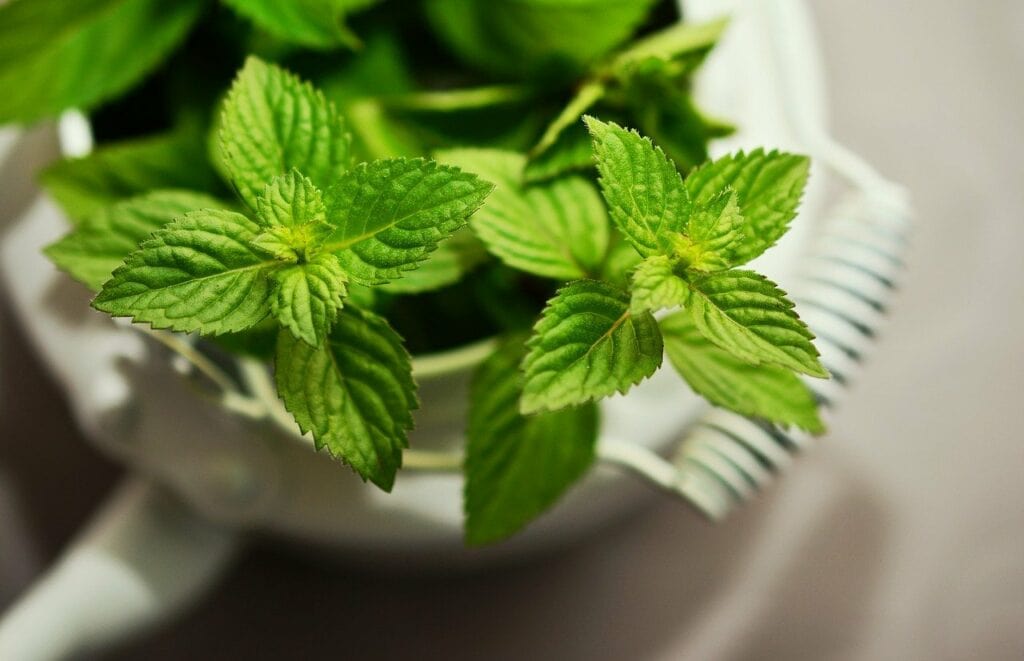
Although mint prefers full sun, it can grow well in partial shade as well. It usually grows about a foot tall, and most gardeners prefer to grow it in pots because it has a tendency to spread out and take over a bed. It is used in a host of cooking applications and to flavor food, drinks, desserts, and candies. It is also added to fragrances and used for its pleasant smell.
21. Parsley
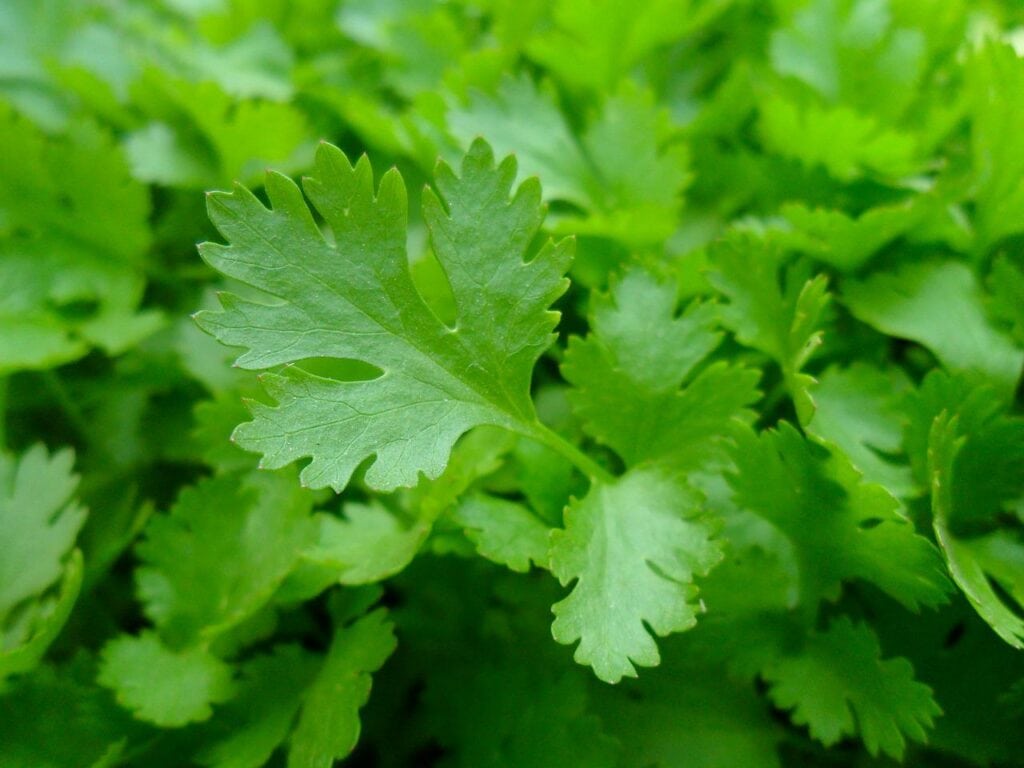
Parsley is commonly grown in window boxes and indoor planters because it requires very little light to flourish. It is very widely used in cooking and is also found in pickles and sprigs of parsley are commonly used as a garnish to decorate dishes.
22. Sweet Cicely
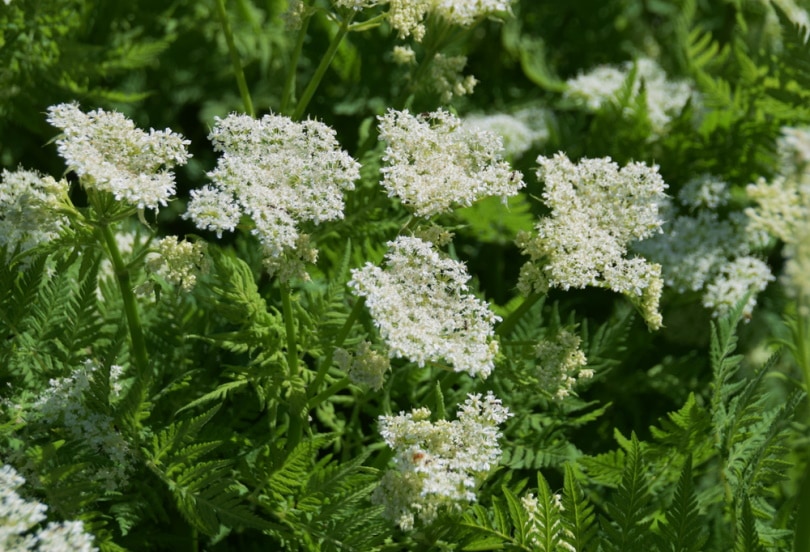
Sweet cicely looks fernlike in its shape and grows well in shady conditions. The seedheads have an aniseed flavor and can be eaten raw, directly from the plant, or added to stock or soups to add a zing of flavor.
23. Tarragon
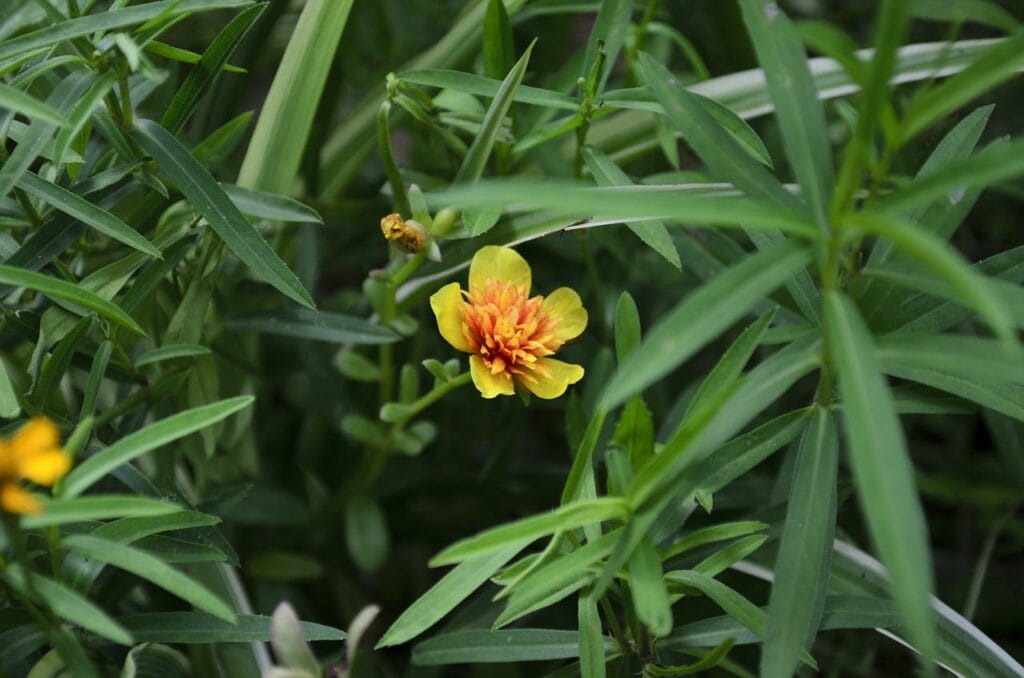
Tarragon has a mild aniseed flavor that is most commonly used to flavor fish dishes but can be used in a host of culinary dishes. It is a perennial that comes back stronger every year it grows, and it does very well in shaded gardens.
24. Wild Ginger
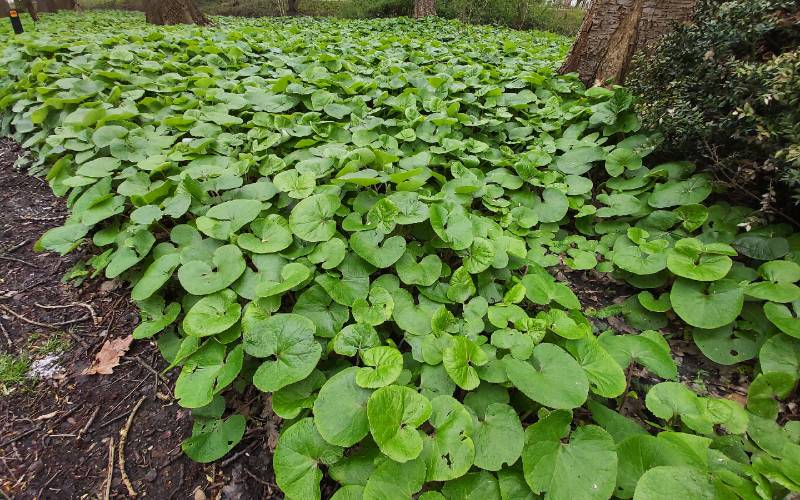
Wild ginger is a relative of ginger and will grow in partial shade to a height of approximately 1 foot tall. It has similar uses to ginger, so it is commonly found in digestive aids and may also be used as a flavoring in food and drinks.
Conclusion
There are plenty of herbs and vegetables that will tolerate or even flourish in the shade rather than in direct sunlight. Above, we have listed 24 of the most popular, but the best for you will depend on other factors such as type of soil and drainage, as well as temperature.
Featured Image Credit: charlotte thomas, Unsplash
Contents


